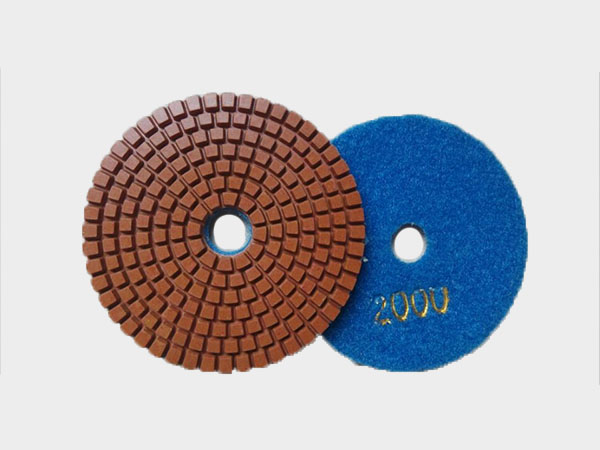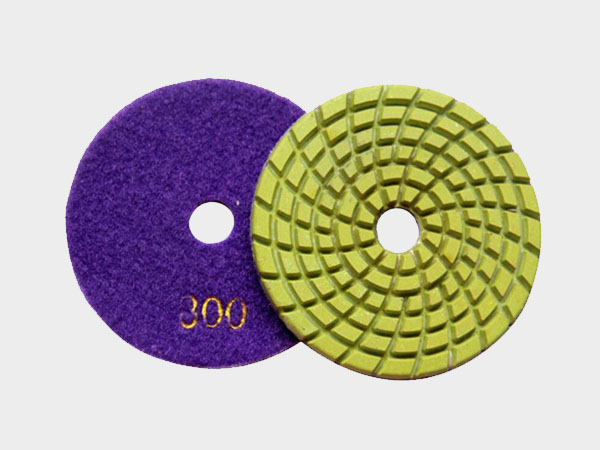With the continuous development of concrete materials and construction techniques, people’s performance requirements for concrete are not limited to compressive strength, but on the basis of strength, more attention is paid to the comprehensive indicators of concrete durability, deformation performance, aesthetics and decoration performance. Balance and coordination.
Polished concrete is a typical representative of concrete floors. It is a new type of high-strength, high-brightness inorganic floor, durable, super long life, and can be maintenance-free in the later stage. It is an all-round ground.
Concrete polishing features
In addition to the advantages of concrete polishing floor, it is easy to clean, low maintenance cost, and long service life. Its relatively high wear resistance coefficient makes it very suitable for public places with high traffic. Concrete polishing can also reduce allergens and inhibit the growth of mold. In addition, it has been proved through practice that high-reflectivity concrete polished floors can increase natural brightness and have a certain effect on reducing lighting energy consumption.
Concrete polishing construction technology
The early stage of the concrete polishing process includes four steps of grinding (rough grinding), repairing, curing, and polishing (fine grinding). Generally, the tools and steps used need to be further adjusted according to the actual situation to achieve the final design effect. The foreign leading ultra-fine polishing system also includes the “surface impermeability and anti-fouling protection process”. The effective protection can reach more than 15 years after the use of a special protective agent for concrete. During this period, only dry cloth or special cleaning pads are required to wipe. Floors such as ceramic tiles, etc. need to be maintained frequently with detergents, wax water, etc., and concrete polished floors are inexpensive and environmentally friendly.
(1) Grinding (rough grinding) refers to the use of metal diamond tools for grinding, which can remove fine pits, blemishes, colorants or other thin coatings on the ground (such as epoxy coating, self-leveling cement, PVC plastic ground, etc.) ) To prepare for the subsequent polishing process. According to different concrete floor conditions, the grinding process can usually be divided into three to four steps.

(2) Repairing refers to the use of repairing agent to fill in the air bubbles, cracks, and fine cavities in the concrete.
(3) Curing refers to the process of applying curing agent on the surface of concrete to harden the concrete. The curing agent can not only penetrate into the small gaps of the concrete, tightly fill the pores, but also greatly increase the strength of the concrete and make it more durable, thereby greatly reducing the workload of later maintenance of the floor.
(4) Polishing (precision grinding) refers to the use of concrete polishing pads to polish the ground until the ground shows the expected gloss, which can be divided into three to five steps.
According to the ground conditions and gloss requirements, the maximum usable number of concrete polishing pads is 3,000. Concrete polishing pads of different meshes can make the surface appear elegant, pure matte, or high-reflective gloss.

Although the concrete floor can be polished by wet grinding or dry grinding, because dry polishing is faster, easier to operate, and more environmentally friendly, dry polishing is currently one of the most commonly used polishing methods in the industrial field. Wet polishing requires water to cool the emery grinder and remove grinding debris from the machine. Since water can reduce friction like a lubricant, it can extend the life of the polisher. But the biggest disadvantage of wet polishing is that it produces a lot of mud. Dry polishing does not require the use of water, and the floor polishing machine used in dry polishing is equipped with a dust collector, which can effectively absorb dust particles.
Foreign advanced dust collection equipment usually has three-stage filtration equipment and pulse blowback device, which can filter out 99.9% of the dust above 1 micron (PM1). The collected dust can be used in brick making plants or mixing stations to replace fly ash Used in the production of concrete.
After the concrete polishing process is ground to remove the surface of the concrete, it can often express the natural color of the concrete better. The concrete mixed with premixed cement and specific or specialty stone aggregates (such as pebbles, granite, black basalt or ore, waste rock, etc.), after ultra-fine polishing, can show more color effects.



